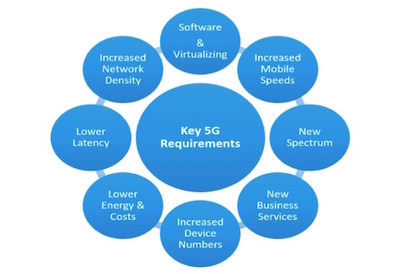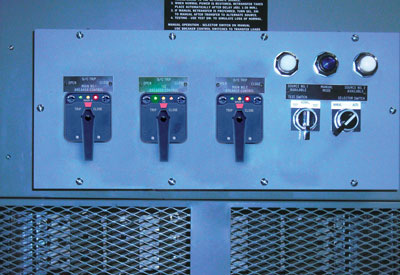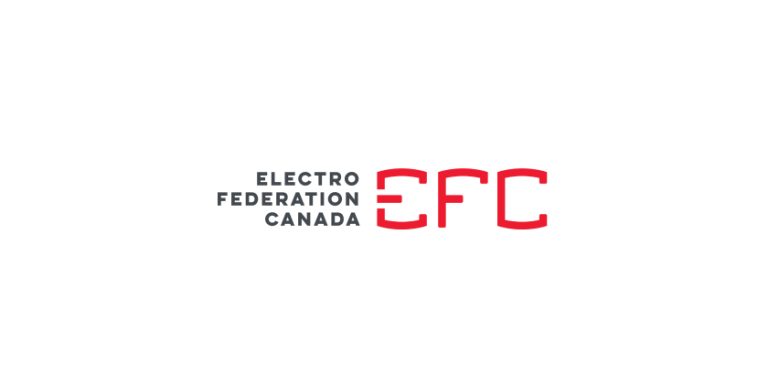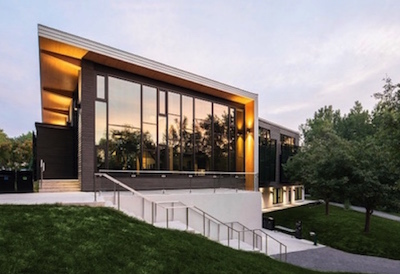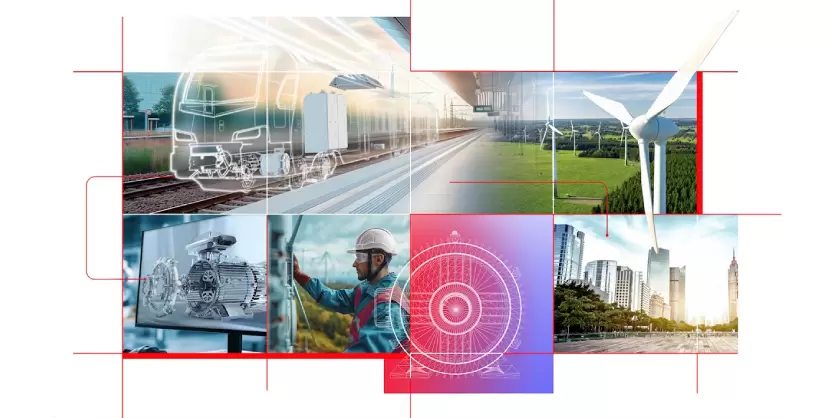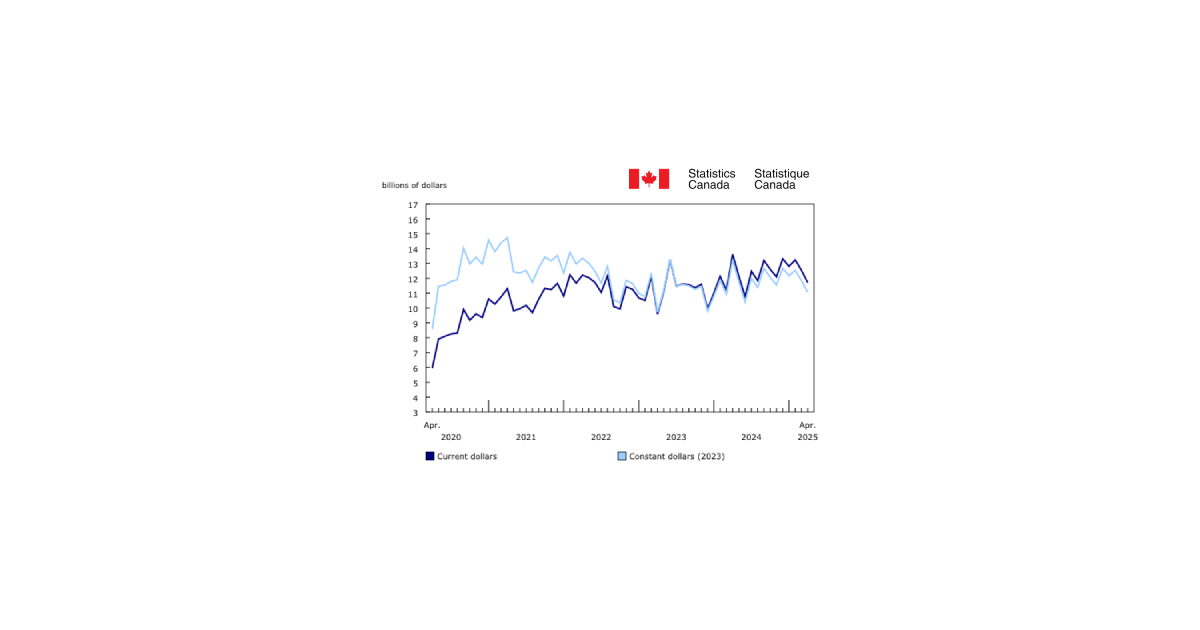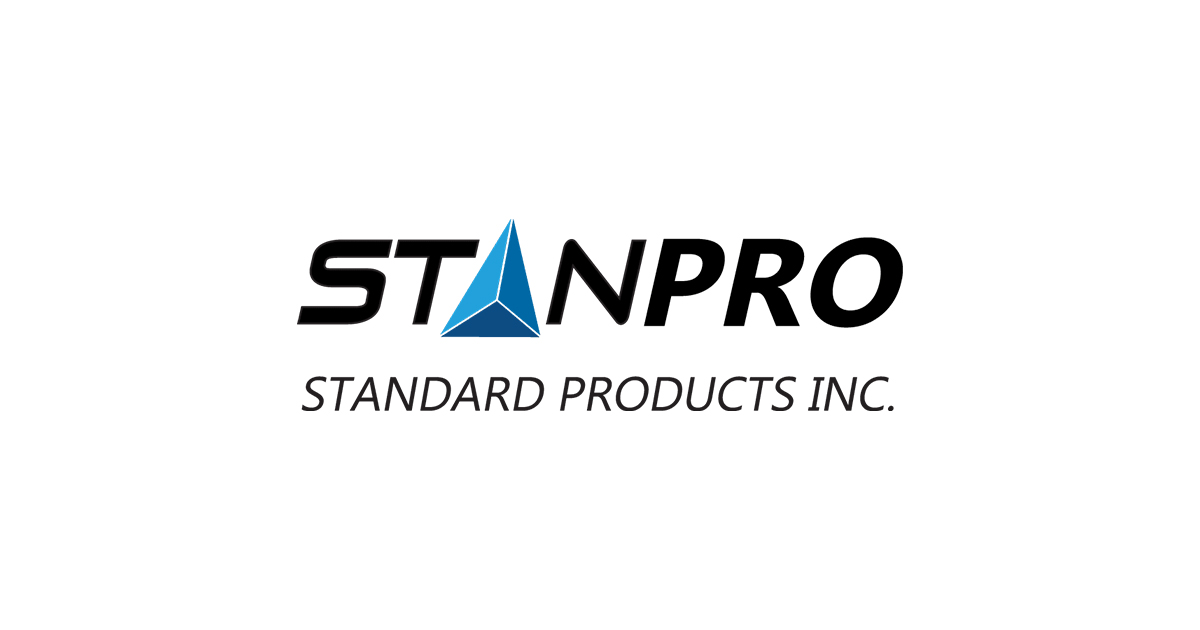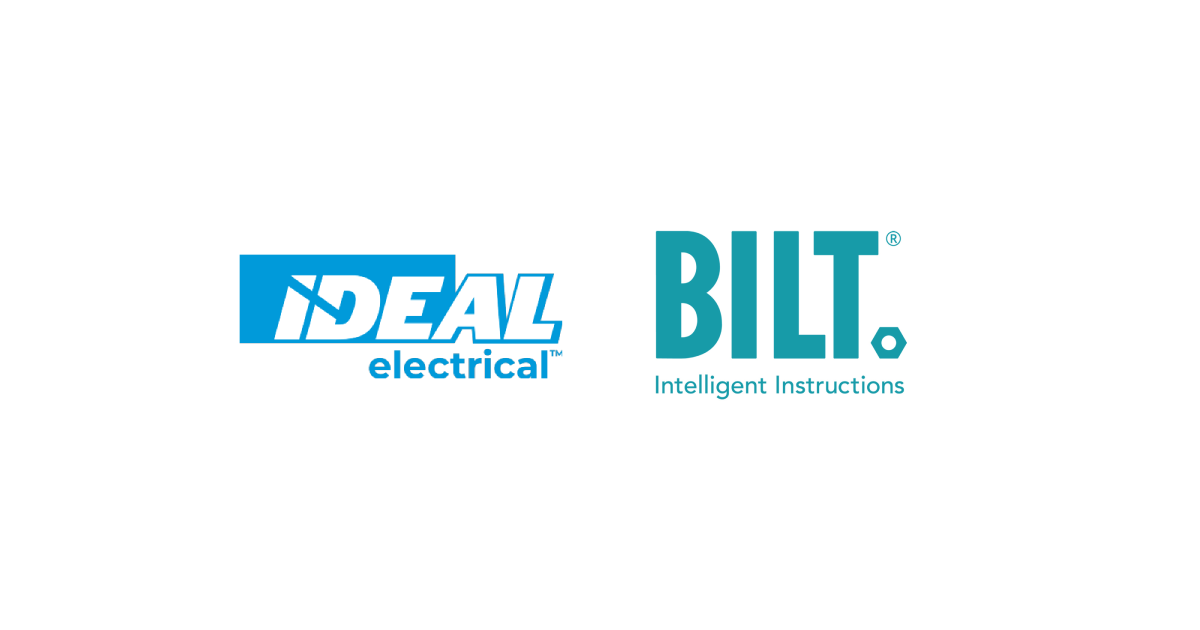Benefits for Electrical Contractors of Learning Networked Controls

Feb 1, 2021
By Steve Mesh
Are you an electrical contractor? Are you new to the world of Networked Lighting Controls (NLCs)? Are you looking for new opportunities to strengthen your business in these uncertain times?
If you answered yes to all three of these questions, read on. NLCs are a (relatively) new introduction to the lighting industry. I say “relatively” because, in point of fact, some networked control systems have been available for decades. If you haven’t had any prior experience with installing NLCs, then you might think these are fancy and highfalutin. Are they really? Let’s see. By definition, a “system” is automatically complex. But really, how complex are NLCs? I’d say they are at the low end of the complexity spectrum.
If you are an electrical contractor, have you ever installed a low-voltage relay panel in a commercial or institutional building (shown in the photo of a Wattstopper panel, left)? I’m willing to bet that you have. If so, then you’ve already had experience installing a lighting control system. In a low-voltage relay panel installation, the operation of the lighting system is centralized at the panel. The power to all lighting loads emanates from the panel. All peripheral devices such as switches and sensors connect back to the panel via low-voltage wires. Obviously, this is completely different from wiring a line-voltage wallbox switch or dimmer to the hot conductor of a switch leg. So, if you’ve installed any low-voltage relay panels at all, then you’re almost an expert in installing NLCs already!

Some electrical contractors have even installed “room controllers.” These are small panel systems that are designed to control a limited number of lighting zones, and a limited amount of load. For example, some room controllers contain 3 relays (to control 3 separate lighting zones) — and can be used on a 20-amp branch circuit. That might be totally adequate to control lights in a classroom, or perhaps a small office space. Just like in a low-voltage relay panel system, peripherals such as switches and sensors connect back to the room controller via low-voltage wires (sometimes using Ethernet cable, for example). However, these room controllers also have the ability to send dimming signals to each of the three zones of lights. In fact, the ability to send dimming signals to lights is one of the biggest factors that distinguishes these new NLCs from older controls such as low-voltage relay panel systems.

In a “room controller” system ( shown above: Wattstopper’s DLM room controller), the zoning of lights is determined by the physical switch legs emanating from the centralized room controller itself. In that sense, these are not unlike low-voltage relay panel systems. In addition to line-voltage wires to power the lights, you also typically run low-voltage wires to send dimming signals (such as 0-10V dimming). Since the vast majority of LED fixtures have 0-10V dimming drivers by default, it made perfect sense for room controller manufacturers to build in this function.
In the most recent versions of networked lighting control systems, “controllers” are often pre-installed in every light fixture. If so, then every single light fixture — as well as switch and sensor — has its own unique “address.” Once that happens, then you can group fixtures into zones using the system’s software. Zoning is no longer determined based on the physical wiring. That also means that the zoning can easily be changed at any point, by anyone who has learned how to operate the software. At this point, digital LED drivers are available that may either use a proprietary protocol (language) to talk to the network, or an open protocol such as DALI (Digital Addressable Lighting Interface). These are all basically just different flavours of NLCs, so it’s simply a matter of learning how a new system works. In essence, however, all NLCs must have the same essential features and benefits.
Does this sound incredibly complicated? I hope not! Just to make a point, please note that I went to an art school. I do not have an engineering background, nor am I a licensed electrical contractor. But I am a virtual expert in how to install, commission, program and operate six different networked lighting control systems. Why? Because as a recognized lighting expert and teacher, I have created classes on NLCs for a variety of audiences. In most of these classes, I bring actual NLCs with me so attendees can wire them up. Obviously, this means that I had to learn how to wire, troubleshoot, commission, program and operate each of them. For six different systems so far! And I’ll probably learn more as time goes on.
Again, all six of these were basically just different flavours of NLCs with the same basic features and functionality. So, once you get your feet wet installing one, you’ll probably be amazed how quickly you can learn the ins and outs of another system. The differences are typically not huge.
Remember that these days, NLCs are most commonly installed with “individual addressability.” Because it’s easy for vendors to make “fixture-integrated” controllers with low-amperage ratings, it’s no big deal to install a system where every single fixture has its own embedded controller. As a refresher, these controllers have to do three things:
1. provide power to the LED drivers (and contain a relay to turn that power ON and OFF)
2. send dimming signals to dimmable light fixtures (typically using 0-10V protocol)
3. have some means of connecting to the NLC network
The first two are accomplished by connections within the fixture itself. The third — making a connection to the NLC network — can be accomplished by wires or wirelessly, depending on the system. Remember that you have to run line-voltage power wires to all fixtures anyway. What if you can — at the same time — also run Ethernet or some other form of low-voltage wiring to establish the network? In fact, you may already have had experience using special MC cable that allows you to run separate sets of jacketed conductors in the same cable (line- as well as low-voltage conductors). That might just be the ticket for a wired NLC installation.
What if, instead, you installed a wireless NLC system? If the controllers are pre-installed in fixtures, and those controllers communicate wirelessly with a gateway (think “router”), then all you actually have to do is connect the line-voltage power wires like you normally would. There are literally no other connections necessary. How easy is that? Very!
Where can you get more information about NLCs? And training? There are a variety of great sources, including:
• Lighting Controls Association — there are on-line courses (Education Express) about NLCs and related subjects right here on this website; https://lightingcontrolsassociation.org/
• DesignLights Consortium (DLC) — this organization has a “Qualified Products List” for NLCs that meet certain specifications. That makes it very easy to find NLCs that are particularly well suited for any project; www.designlights.org/lighting-controls/search/
• DesignLights Consortium (DLC) — DLC also created a full-day class on NLCs. I’ve taught this class 56 times since 2017! These are offered through certain participating electric utilities around the country, so you may want to check with your local utility to see if they will be offering the class any time soon. As of May 2020, due to the restrictions of the COVID pandemic, I figured out how to teach this class virtually — even allowing attendees across the country to program an NLC sitting my dining room table!
• Lighting Design Lab — this is very reputable centre for lighting education based in Seattle. Instructors from the Lighting Design Lab actually offer classes not only in Seattle but throughout the Pacific Northwest, including classes on NLCs.
• Manufacturers — some lighting controls manufacturers have robust educational offerings. Some may have short or even longer classes that teach people about their own systems, but some may also have classes that generically explain how NLCs work. Check with your preferred vendors, or search on the DLC Qualified Products List for systems you might be interested in. Then ask those vendors if they have on-line (or in-person) classes you can take.

Having gone to an art school, with a 100% non-technical background (!), I can tell you that these systems are not extremely complex to learn about. As mentioned, I’ve taught classes on NLCs (56) times on behalf of the DesignLights Consortium for utilities all across the country, from Boston to Honolulu. And in other venues such as LightFair and other events. These classes have exposed thousands of people to the benefits of using NLC systems. So far, not a single attendee has ever failed to correctly wire, commission, program, operate and even troubleshoot a system we used in a hands-on class! Not a single one! Have “issues” ever arisen during classes? Of course. But there has never been a problem yet that arose in a class that the attendees haven’t been able to resolve, within the duration of the class, and without outside assistance from the manufacturer. (Shown above: Wireless system diagram — excerpt from DLC class PPT.)
What does that tell you? It should tell you that these systems are very well designed, easy to install, easy to troubleshoot if problems do arise, and easy to commission and operate. And by the way — there has always been a very diverse mix of attendees in these classes including electrical contractors, architects, interior designers, electrical engineers, “energy experts,” utility staff, and many others. Not to beat a dead horse (!) — but I went to art school, and I am now considered a virtual expert in NLCs.
My personal feeling about whether or not to delve into the world of Networked Lighting Controls is as follows. Are these more complex than line-voltage devices cut into switch legs? Of course. Is this at the level of “rocket science”? Not even remotely. It doesn’t take much to develop proficiency in understanding these systems, and installing, commissioning, troubleshooting and operating them. But of course it takes some extra effort. Is it worth the effort to learn about these reliable and easy-to-install systems? Well, that depends on how badly you want to have new sources of revenue, especially in these uncertain times. If I were an electrical contractor, I would not remotely hesitate. Good luck in your journey to learn more about these systems – and add more arrows in your quiver to offer more value to your customers!
Steve Mesh is an award-winning lighting designer who has designed lighting and control systems for a variety of project types (commercial, museums, schools, residential, restaurants, retail, historic, healthcare, etc.). As an educator, he has taught classes and given presentations about lighting and controls across North America and internationally. One of his is developing lighting and lighting controls courses that rely on hands-on and/or interactive content. He has been a repeat speaker at LightFair for many years.
Published with the permission of Lighting Controls Association.




